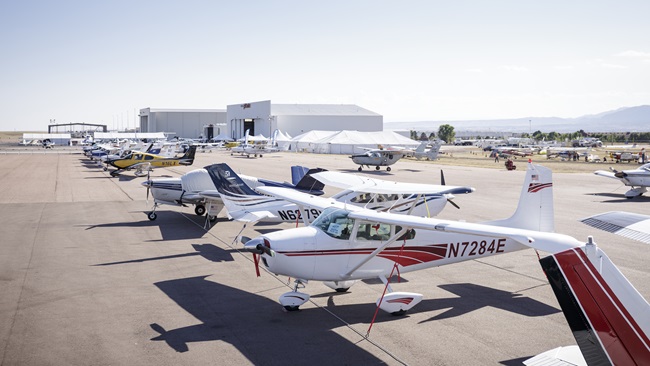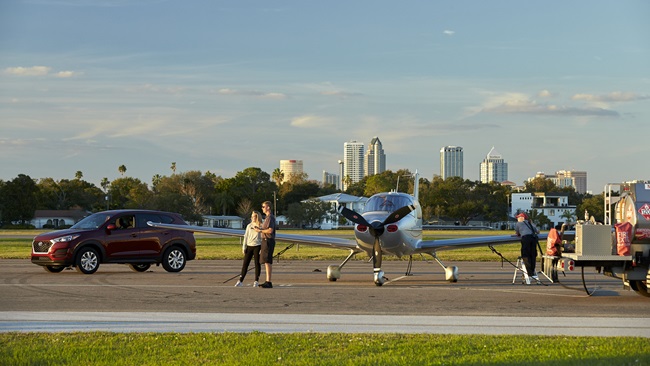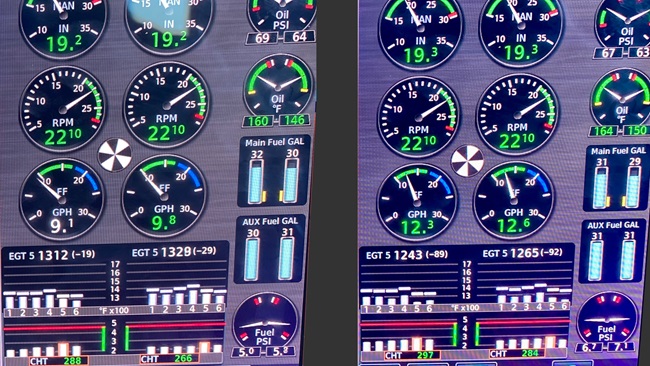Lycoming seeks unleaded approval for European fleet
Company: UL 91 fuel 'is not' a 100 LL replacement
Lycoming has sought approval to run several of its engine models on an unleaded aviation fuel currently available in Europe, though it may never arrive at a U.S. field.
The European Aviation Safety Agency (EASA) issued a safety bulletin in 2011 (2011-01R1) allowing aircraft to use UL 91 fuel with a separate engine approval in place. Lycoming is seeking that approval for various models installed in light aircraft, including the 233, 235, 320 and 360 model lines. The company will seek approval for 540 models following additional testing.
“Our announcement here is really supportive of what EASA did,” said Lycoming Senior Vice President and General Manager Michael Kraft. “No reader should misunderstand that this is a substitute for 100 low-lead. It’s not. It is a more well-conditioned solution for aviation than auto gas.”
The ASTM fuel standard for UL 91 was approved in 2009 with support from the U.S. Department of Defense to facilitate unmanned aerial vehicle operations in Iraq and Afghanistan. UL 91, in terms of octane content, is comparable to a 95 or 96 octane automotive fuel. Automotive and aviation fuels are formulated—and measured—differently. European aviation officials approved the fuel because it is available through the existing supply and distribution chain there—a distinctly different situation than in the U.S.—and there are many small engines designed to run on it.
“Europe is much more of a light-aircraft market,” Kraft said, and quite different from the U.S. fleet in that respect. More than 200,000 aircraft are operating on Lycoming engines worldwide.
Kraft said that while there is “tremendous” interest in finding a way to reduce or eliminate lead from aviation fuel, designing a new engine is not the answer.
“The first thing that people need to realize is that he existing installed fleet is more than 100 times larger than current annual production,” Kraft said. Because of its sheer size, that operational fleet exerts what is analogous to the gravitational pull of the sun, and all future fuel solutions will revolve around it.
“Breaking that gravity is just not going to happen,” Kraft said. “There’s a huge variety of airworthy aircraft out there, and you’re not going to ground them.”
Kraft said automotive fuels are unlikely to provide regulators, politicians, and others seeking lead reduction an answer for the aviation fleet, in part because formulations fluctuate by season and geography. Aircraft operators need a stable, standard formulation they can rely on.
For European operators, engine approval would open up access—with no engine modifications required—to a limited but growing supply of UL 91: A total of 15 airfields in the United Kingdom currently offer UL 91, with another 10 making arrangements. There are 13 airfields in France and Switzerland that offer the fuel, and further expansion is planned in those countries, along with airfields in Germany and Belgium, Lycoming reported in a news release.
Kraft said U.S. owners can count on Lycoming to support lead-reduction strategies that accommodate the current aircraft.
“We have the end user’s back, believe me,” Kraft said.



